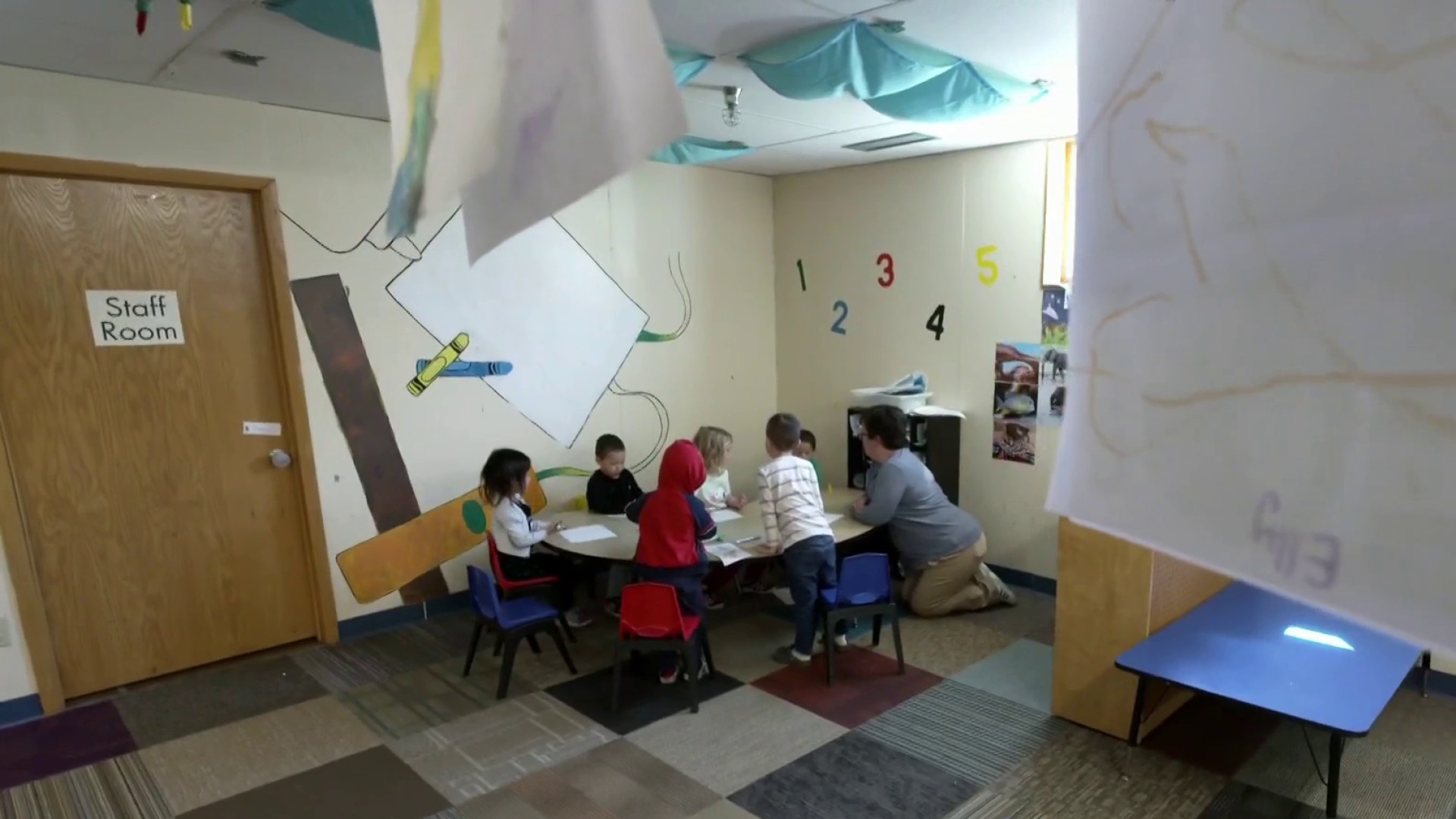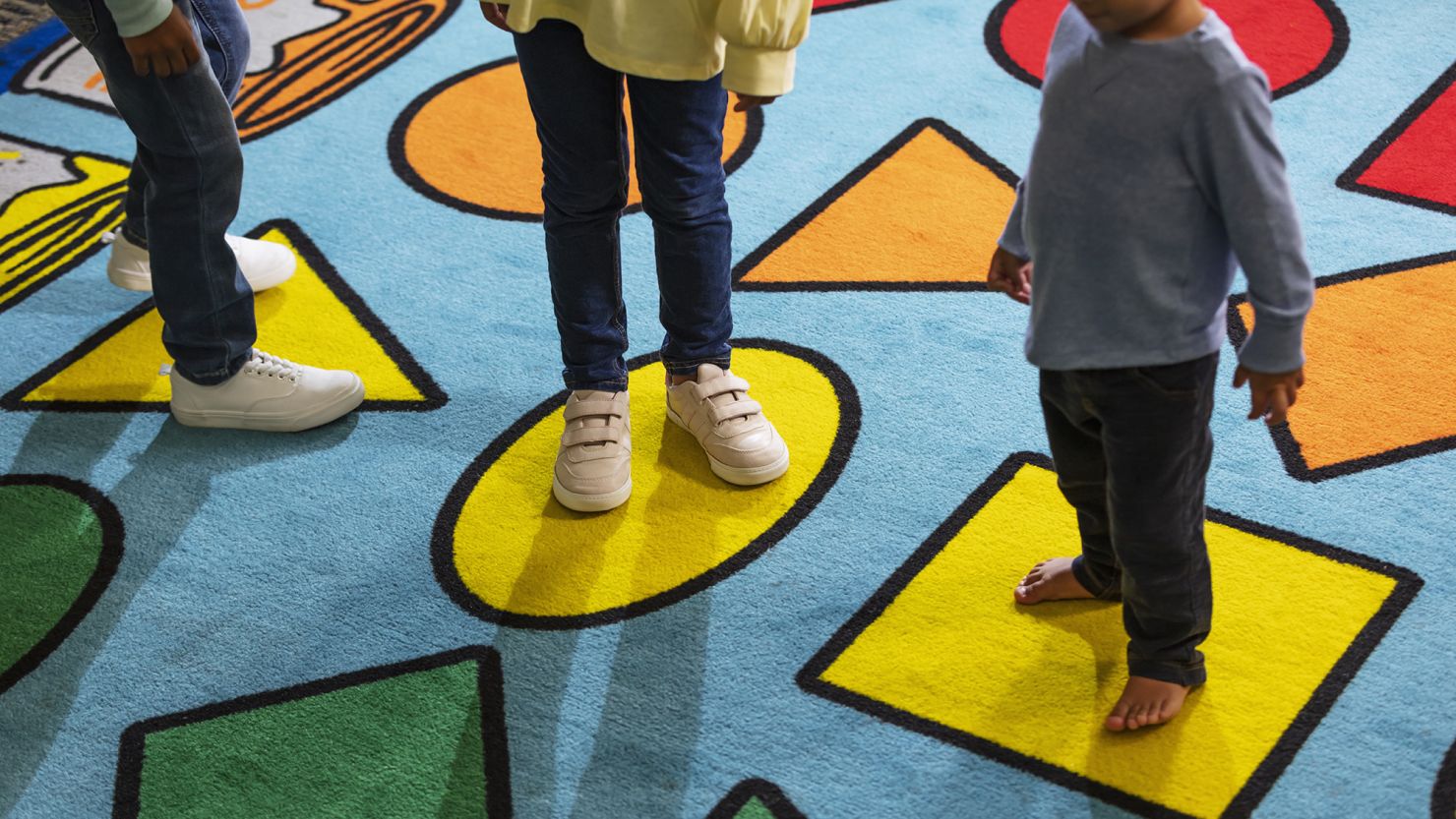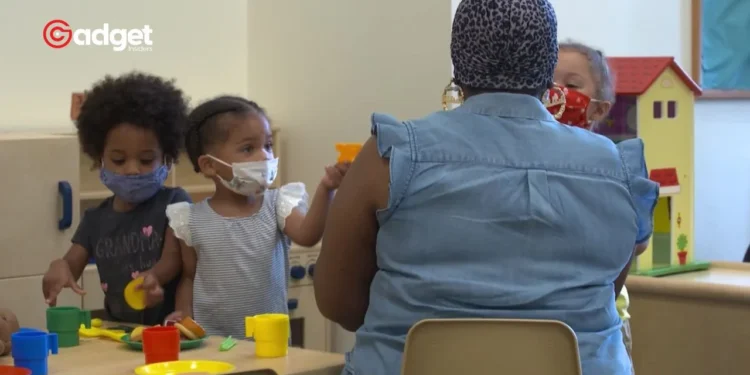In the landscape of American family expenses, child care has emerged as a formidable cost, often surpassing rent in many states and even eclipsing annual mortgage payments across the nation. According to the latest annual report from Child Care Aware of America, families with two children enrolled in child care centers found themselves paying at least twice the amount for child care as they did for rent in 11 states, along with the District of Columbia. These states include Illinois, Indiana, Iowa, Kansas, Massachusetts, Minnesota, Nebraska, Pennsylvania, Rhode Island, Vermont, and Wisconsin.
This financial burden doesn’t just stop at rent comparisons. Across the United States, placing two children in a child care center costs on average at least 25% more than the typical rent. Remarkably, the cost of child care exceeded the annual typical mortgage payments in 45 states, plus the District of Columbia, spotlighting the extensive reach of this issue.

Child Care Costs in the Post-Pandemic Era
The financial strain of child care on American families has stabilized somewhat since the tumultuous times of the Covid-19 pandemic, which saw many child care providers either closing their doors or significantly raising their prices to maintain a safe environment and retain staff. Nonetheless, the cost of child care in America continues to climb.
Last year, the average annual cost per child rose to $11,582, marking a 3.7% increase from the previous year and representing the smallest annual rise since the pandemic began. Despite trailing inflation, these costs require significant portions of family incomes, consuming 10% of a married couple’s median income and a staggering 32% of a single parent’s median income.
The US Department of Health and Human Services advises that families should spend no more than 7% of their annual income on child care. However, the actual expenditures far exceed this recommendation, underscoring the financial pressure many families face.

The State of Child Care Facilities: A Brief Overview
The report also sheds light on the availability of child care services. The number of licensed child care centers in America saw a slight increase of 1.3%, reaching around 92,800 last year, returning to pre-pandemic levels but still not sufficient to meet the growing demand.
Complicating matters further is the decline in licensed child care providers who operate out of their homes, a trend that continues despite slowing rates of decline. From just over 107,000 providers in 2019, the number has dipped to about 92,200, as recorded in 39 states with available data.

Challenges Ahead: Funding and Future Outlook
The future holds further challenges for the child care industry. Critical federal pandemic stabilization grants amounting to $24 billion, which supported many centers, expired last September.
According to an analysis by The Century Foundation, this could lead to tens of thousands of closures. Additionally, another $15 billion in federal pandemic funds designated for child care and development block grants is set to expire this September.
Anne Hedgepeth, Child Care Aware’s chief of policy, highlighted the significant efforts by many states to invest in their child care systems. Yet, she noted the difficulty in maintaining these investments at the level of the critical pandemic-era funding.
Imagine that young couple, expecting their first child.
They should be excited – but instead they're a bit scared about how they'll make ends meet.
My budget is for folks like them: by cutting child care costs and expanding access to free, high-quality preschool. pic.twitter.com/NrLVnleFBV
— President Biden (@POTUS) April 27, 2023
In Conclusion: A Crucial Juncture for Child Care in America
The child care cost crisis represents not only a significant economic challenge for American families but also a critical social issue that requires urgent and sustained attention.
With costs continuing to rise and funding sources drying up, the need for comprehensive and scalable solutions has never been more apparent. As the nation grapples with these challenges, the well-being of millions of children and the economic stability of their families hang in the balance, making the pursuit of affordable and accessible child care facilities a top priority for policymakers and community leaders alike.









